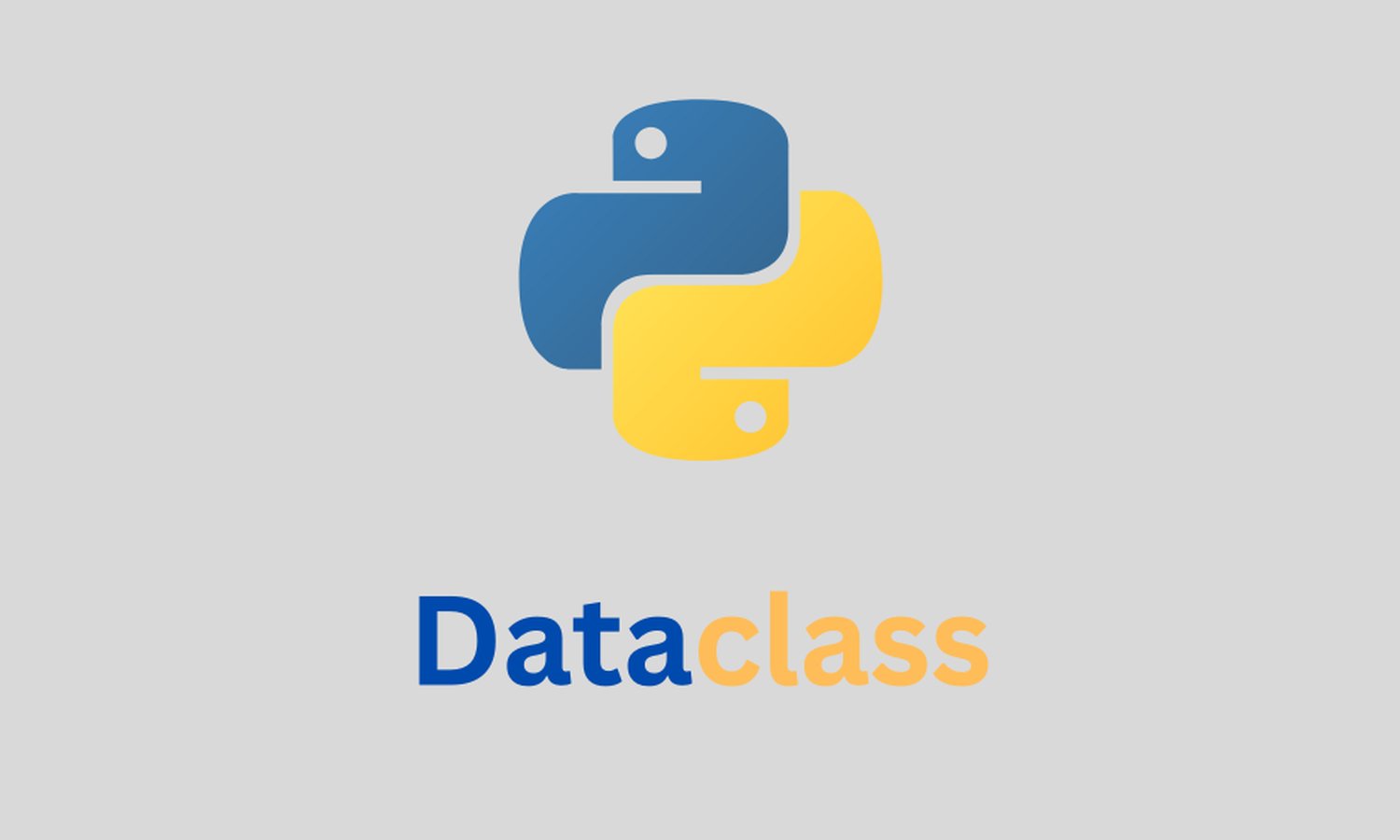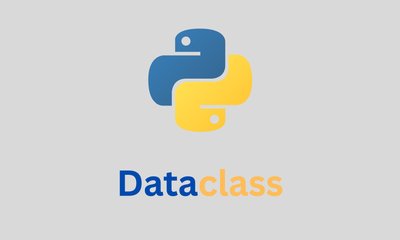By hientd, at: 2023年3月25日10:57
Estimated Reading Time: __READING_TIME__ minutes


By hientd, at: 2023年3月25日10:57
Estimated Reading Time: __READING_TIME__ minutes


